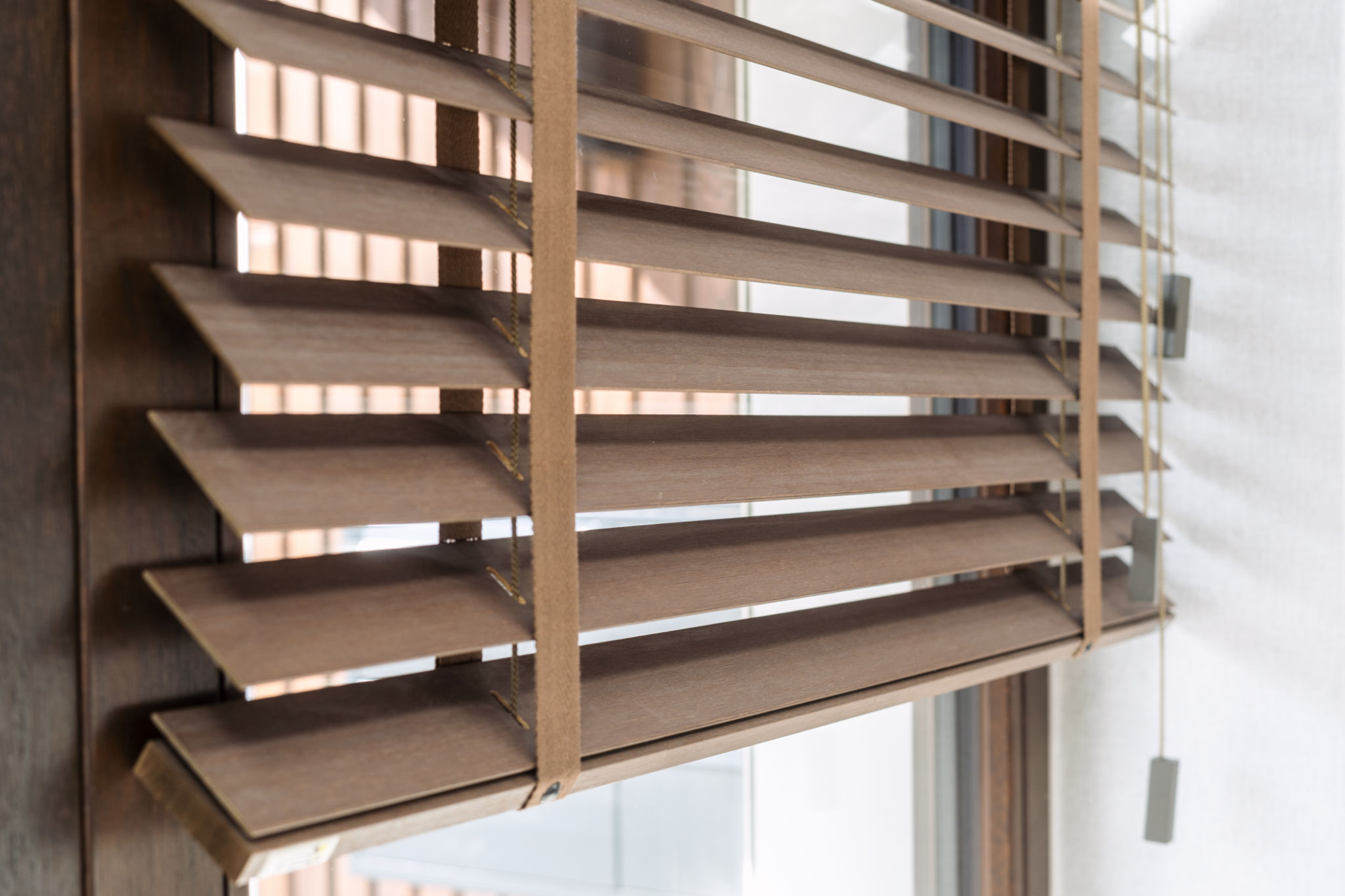Architectural Louvers Design Services: How to Choose the Right Style for Your Project
Understanding Architectural Louvers
Architectural louvers are more than just a design element; they play a crucial role in regulating light, air, and temperature within a building. These versatile components can enhance both the aesthetic and functional aspects of a structure. Choosing the right style for your project can be a daunting task, given the myriad of options available. This guide will help you navigate the process effectively.

Functionality and Purpose
Before selecting a style, it's important to understand the primary function of the louvers in your project. Are they meant to provide ventilation, control sunlight, or simply add a decorative touch? Knowing their purpose will help you narrow down your choices and ensure that the louvers contribute to the building's overall performance.
For instance, if your project requires significant airflow, operable louvers might be the best option. These can be adjusted to control the amount of air passing through, offering flexibility and efficiency.
Material Considerations
Choosing the right material is essential for the durability and aesthetic appeal of your louvers. Common materials include aluminum, wood, and steel, each offering unique benefits.
- Aluminum: Lightweight and resistant to corrosion, making it ideal for outdoor applications.
- Wood: Offers a natural and warm appearance but requires regular maintenance.
- Steel: Known for its strength and durability, suitable for industrial settings.

Design and Style
The design and style of the louvers should complement the architectural theme of your building. Whether you prefer a sleek modern look or a classic design, there are styles available to suit every taste.
Consider the shape and size of the louvers as well. Horizontal louvers provide a contemporary feel, while vertical options might be more suitable for traditional architecture.
Energy Efficiency
Architectural louvers can significantly impact the energy efficiency of a building. By controlling the amount of sunlight and airflow, they help maintain a comfortable indoor environment and reduce the need for artificial heating or cooling.
Opt for louvers with adjustable angles to maximize their energy-saving potential. This flexibility allows you to adapt to changing weather conditions, optimizing energy use throughout the year.

Compliance and Regulations
Before finalizing your choice, ensure that your selected louvers comply with local building codes and regulations. Different areas have specific requirements regarding ventilation, fire safety, and structural integrity.
Consulting with a professional can help you navigate these regulations and ensure that your project meets all necessary standards.
Installation and Maintenance
Proper installation is crucial to the performance and longevity of architectural louvers. Partnering with experienced professionals ensures that the louvers are installed correctly and function as intended.
Regular maintenance is also important to keep the louvers in optimal condition. Depending on the material, this might include cleaning, lubrication, or protective coatings.

Conclusion
Choosing the right architectural louvers for your project involves careful consideration of functionality, materials, design, energy efficiency, compliance, and maintenance. By taking these factors into account, you can select a style that enhances both the form and function of your building, ensuring a successful and aesthetically pleasing outcome.